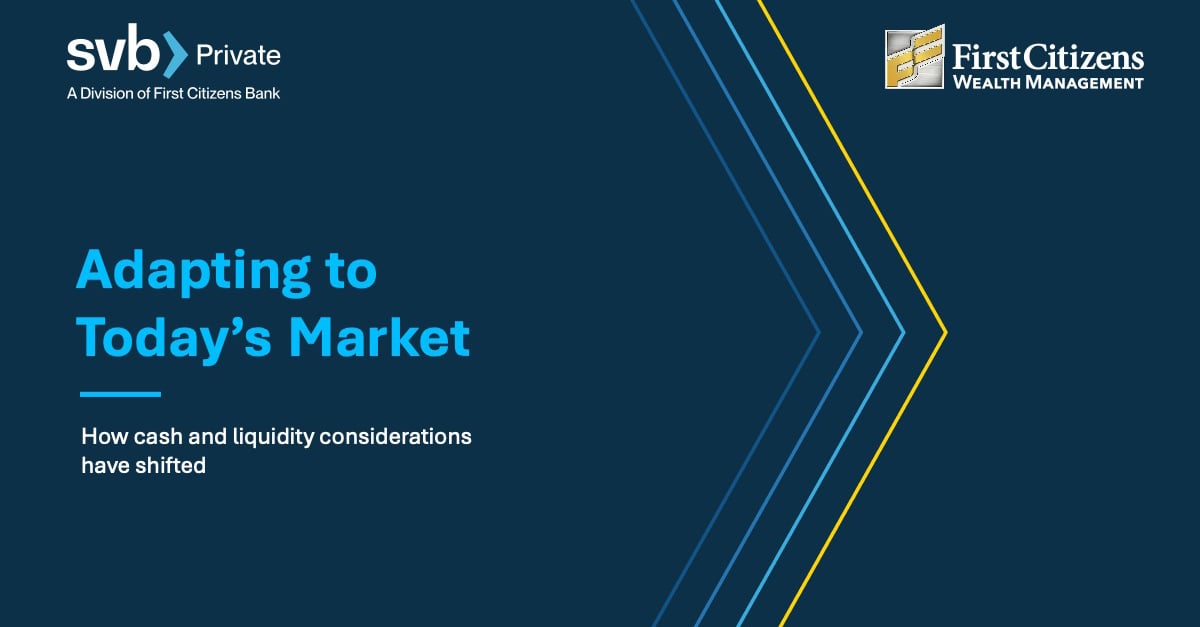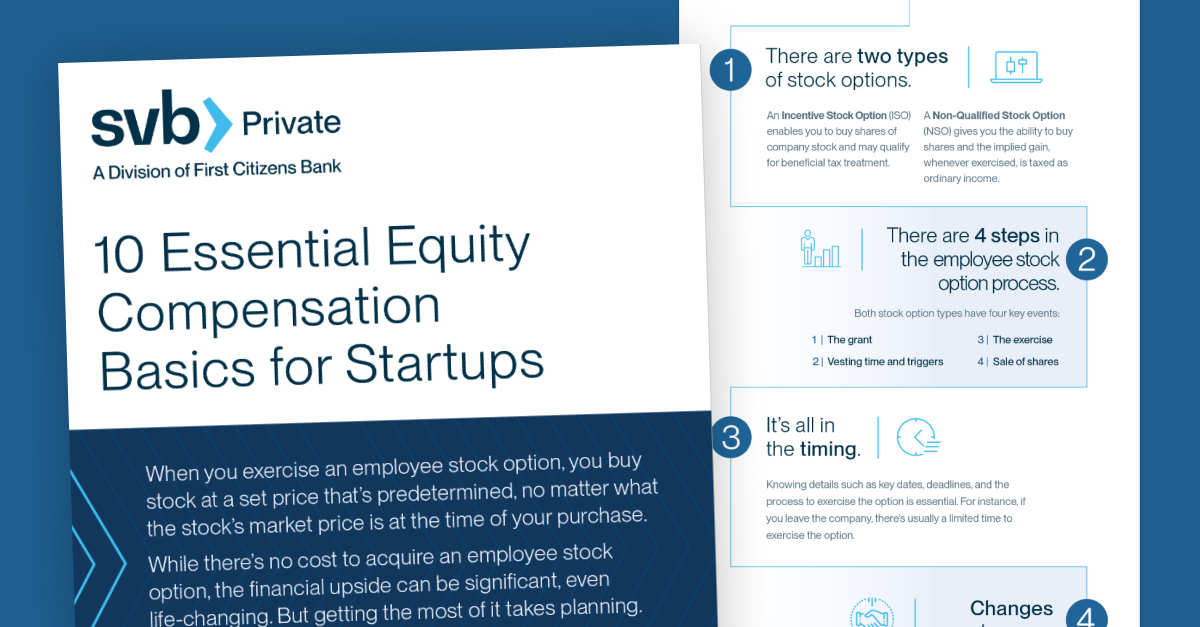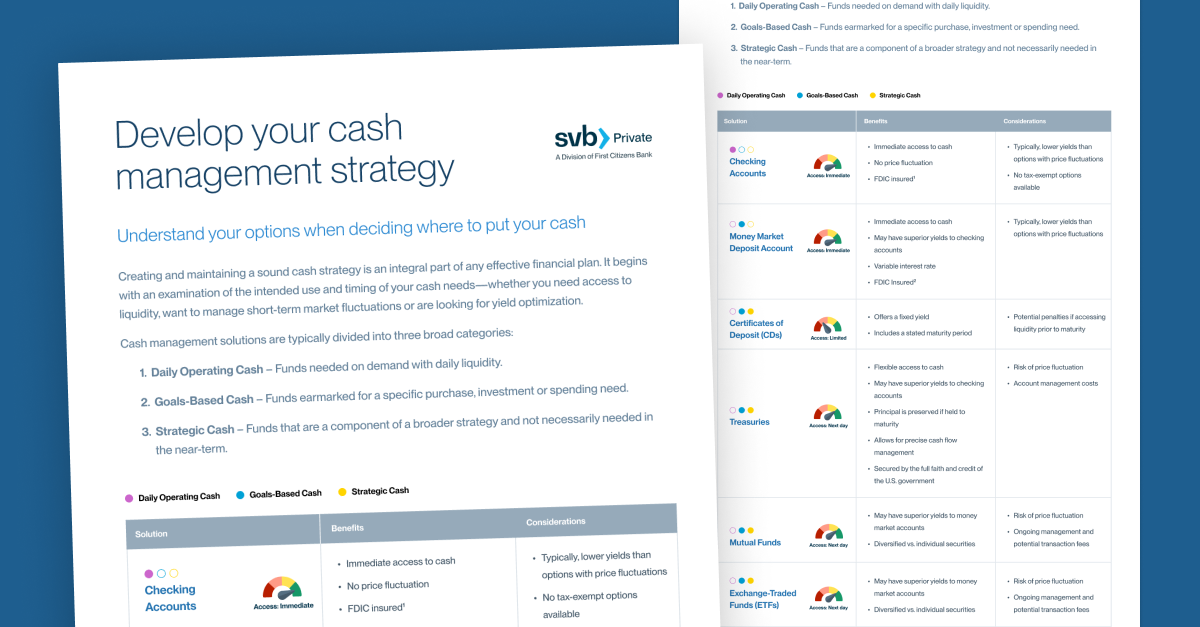In December 2019, the Setting Every Community Up for Retirement Enhancement (SECURE) Act passed into law. The act, designed to provide additional opportunities to save for retirement, made significant changes to retirement account rules.
The key provisions added to 529 educational savings plans are outlined below.
The 2019 SECURE Act: 529 plans may be used to repay student loans and apprenticeship expenses
- The 2019 SECURE Act expanded the definition of “qualified higher education expenses” to include qualified education loan repayments.
- A lifetime limit of $10,000 may be used to pay the qualifying loans of each designated 529 plan beneficiary.
- An additional $10,000 may be used for qualifying student loans of each of the beneficiary's siblings.
- Qualified distributions may be made to apprenticeships that are registered and certified with the Department of Labor. Under the Act, expenses such as fees, books, supplies and required equipment (including tools needed for trades) are considered qualified expenses and therefore included in the tax-free distributions.
The 2022 SECURE Act (2.0): Beneficiaries of 529 Plans can transfer qualifying funds into Roth IRAs without penalties or income taxes
In December 2022, the SECURE Act 2.0 was passed with additional changes to retirement accounts. Currently, if funds are withdrawn from a 529 plan for items other than qualified higher education expenses, there is a 10% penalty on the account’s earnings. This 10% penalty is addressed under Act 2.0.
“Families who sacrifice and save in 529 accounts should not be punished with taxes and penalties years later if the beneficiaries have found alternative ways to pay for their education.*
Related read: Exploring the tax and estate planning benefits of 529 college savings plans
The SECURE Act 2.0 addresses the concern above head-on. Beginning in 2024, beneficiaries of 529 plans will be able to transfer funds to their Roth IRAs without incurring penalties or income taxes. However, there are several stipulations for rollovers to be considered “qualified” transfers, including:
-
The 529 plans must be open for 15 years or longer.
-
The transfers are treated as contributions toward your Roth IRA contribution limits. 2023 Roth IRA contribution limits are $6,500 or $7,500 for those 50 years of age or over.
-
Since the transfers are treated as Roth contributions, they may not exceed the beneficiary’s earned income for the year.
-
Any contributions (and earnings from those contributions) to 529 plans within 5 years are ineligible for rollover to a Roth IRA.
-
There is a lifetime 529-to-Roth rollover limit of $35,000.
Although there are some restrictions to transfer funds from 529 plans to Roth IRAs, it is worth noting that the SECURE Act 2.0 makes 529 plans more attractive savings vehicles by allowing the repurposing of funds from education to retirement savings. For a college-aged son or daughter of parents who regularly contributed to a 529 savings plan, that allows up to $6,500 of the 529 plan to be invested into a Roth IRA without penalty.
Of course, each investor’s financial circumstances are different. If you are interested in understanding how the new legislation impacts you, contact your SVB Private wealth advisor today.
Source
*United States Senate Committee on Finance, official SECURE Act 2.0 summary















